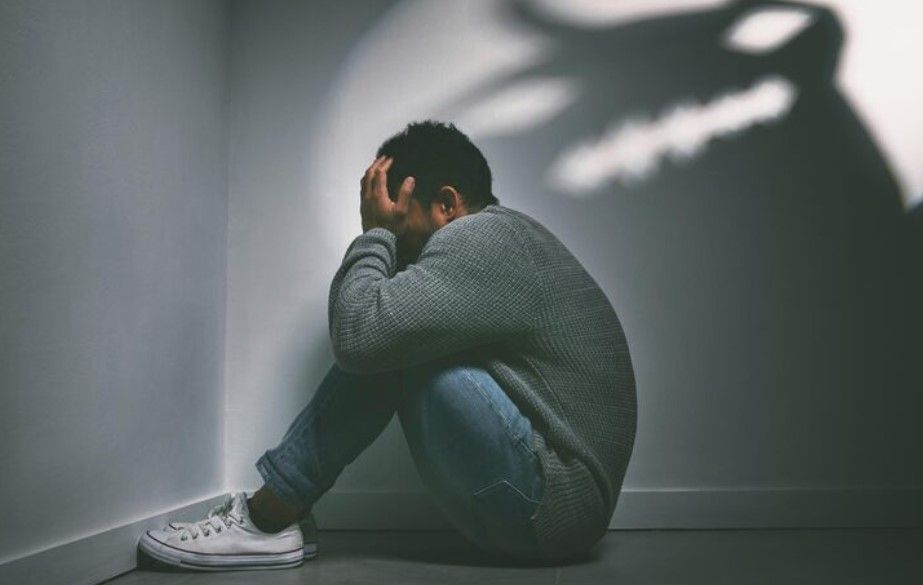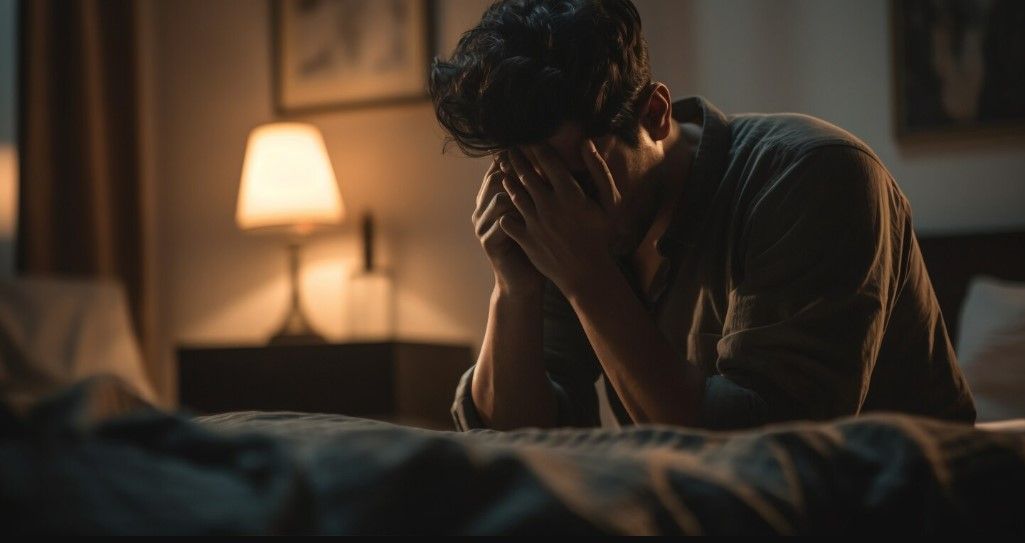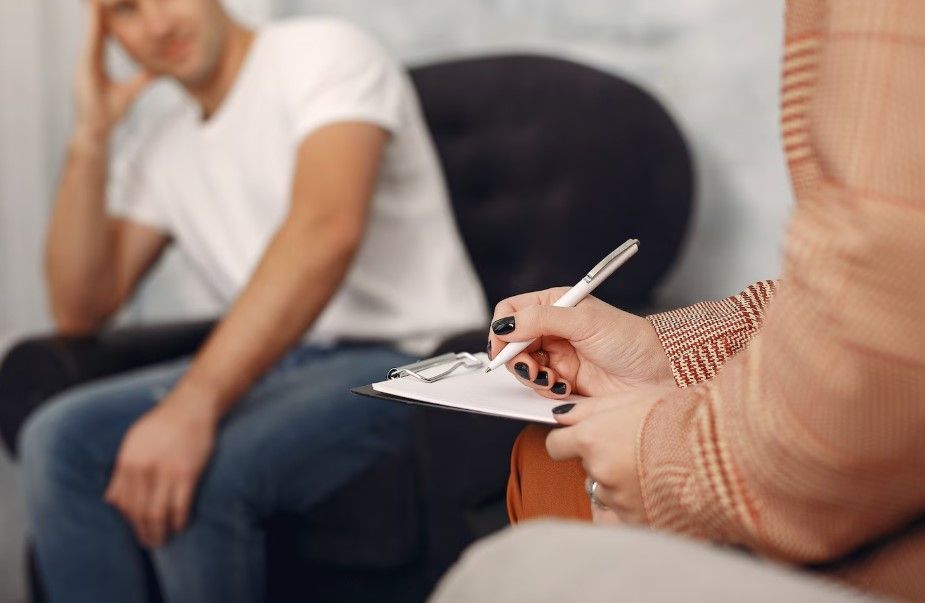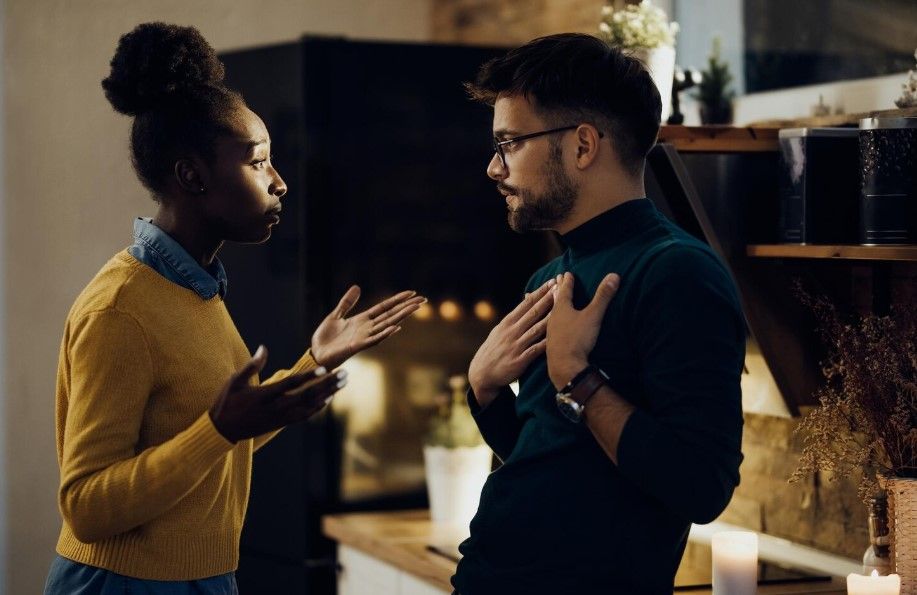Healing Through Creative Expression: The Transformative Power of Art, Writing, and Music
When words fail and pain feels too vast to articulate, creativity offers a lifeline. Art, writing, and music can become more than hobbies or crafts—they can be sanctuaries, helping individuals process trauma, reconnect with emotions, and move toward healing. In a world that often demands composure, creative expression gives permission to unravel, rebuild, and rediscover.
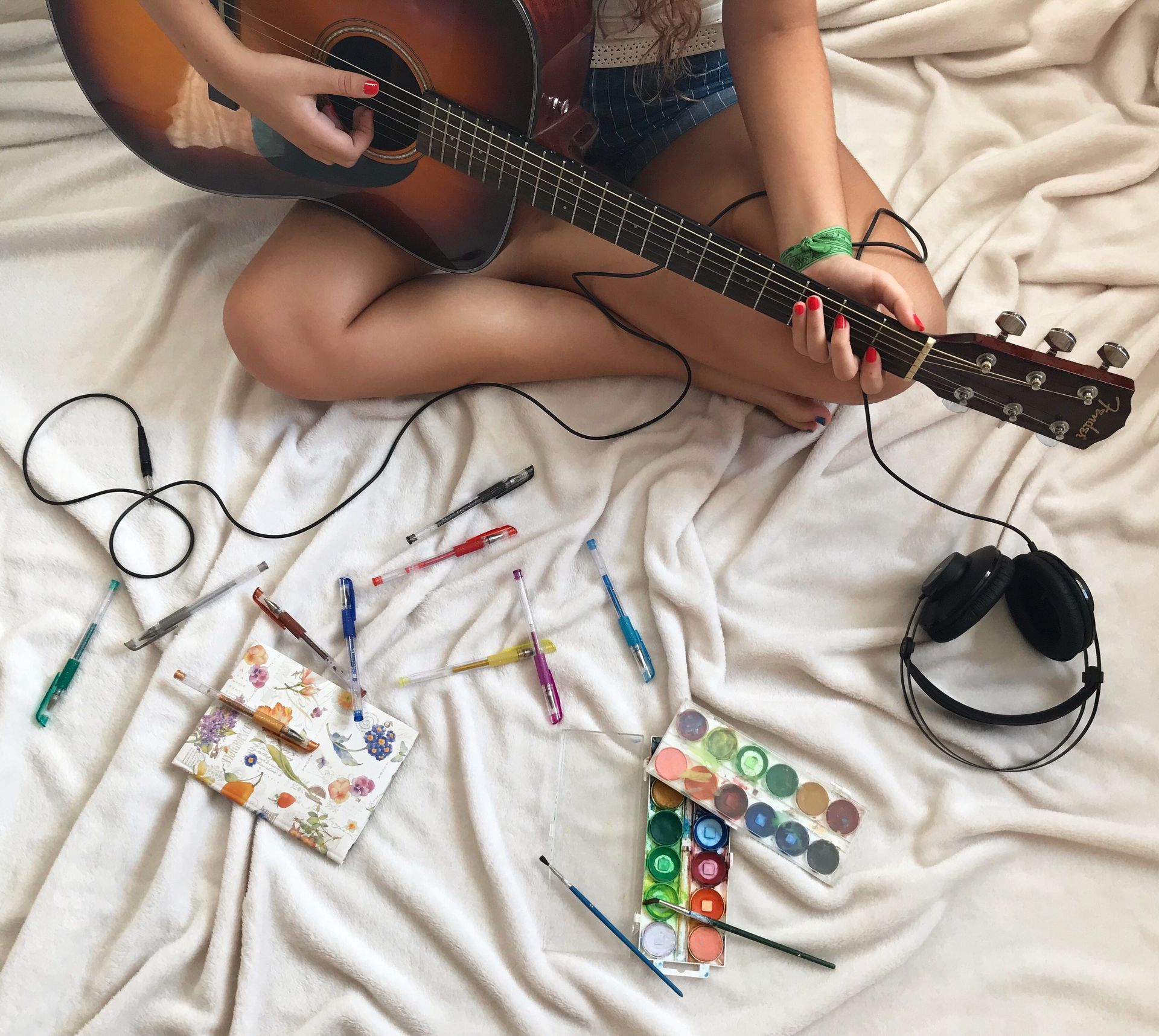
The Psychology Behind Creativity and Healing
Creative practices engage the brain differently than rational thought. They activate emotional centers, reduce stress hormones, and foster mindfulness. Studies in expressive arts therapy show that when individuals externalize their internal struggles through creativity, they often experience:
- Reduced anxiety and depression
- Increased emotional awareness
- Improved self-esteem and agency
- Enhanced cognitive flexibility and resilience
It’s not about perfection or talent—it’s about expression and release.
Art: Painting What Words
Cannot Say
Visual art speaks in color, texture, and form—often bypassing verbal filters. For trauma survivors or those facing emotional pain, creating visual art can:
- Externalize inner chaos or grief
- Provide a sense of control and catharsis
- Symbolize growth, resilience, and identity
From abstract painting to photography, each medium allows for personalized exploration. Mandalas, for example, are often used in therapy to encourage focus and emotional grounding.
Writing: Giving Voice to the Unspoken
Writing transforms internal dialogue into external narrative. Whether journaling, poetry, or storytelling, it helps clarify emotions, identify patterns, and release burdens. Healing through writing can look like:
- Journaling painful memories to process them safely
- Writing fictionalized stories as symbolic reflection
- Composing affirmations or letters to one’s younger self
The act of putting feelings into language creates distance, understanding, and the possibility of reframing trauma.
Music: Emotion in Motion
Music channels emotion through rhythm, tone, and melody. It can mirror moods or gently reshape them. Playing an instrument, singing, or even listening with intention can:
- Alleviate stress and evoke positive memories
- Regulate mood and offer sensory integration
- Create connection through shared rhythm and harmony
Drumming and vocalizing are often used in therapeutic contexts to help regulate emotions and reconnect with the body.
Why It Works
Creative expression bypasses rigid logic and taps into the subconscious. It allows emotions to surface naturally, without judgment. Unlike talk therapy alone, creative work engages multiple parts of the brain—balancing thought, feeling, and action.
It also offers a tangible product of healing. A finished painting, poem, or song becomes a testament to resilience. Survivors often find meaning in what they create, seeing it as proof that pain can fuel transformation.
Making Creativity Accessible
Healing through creativity doesn't require professional tools or spaces. Here’s how anyone can begin:
- Start small: Sketch, scribble, hum—anything counts
- Create consistently: Daily practices build emotional fluency
- Share if you choose: Sharing can foster connection, but privacy is equally valid
- Avoid judgment: There’s no “right” way to create—just your way
Online platforms, community art spaces, and expressive writing groups can offer structure and support if needed.
Conclusion
Art, writing, and music don’t solve everything—but they make healing more bearable, expressive, and empowering. In their rhythm and imagery, survivors find space to breathe, to be seen, and to evolve. The journey from pain to purpose can be nonlinear—and creative expression helps chart the course in color, word, and sound.
CATEGORIES

